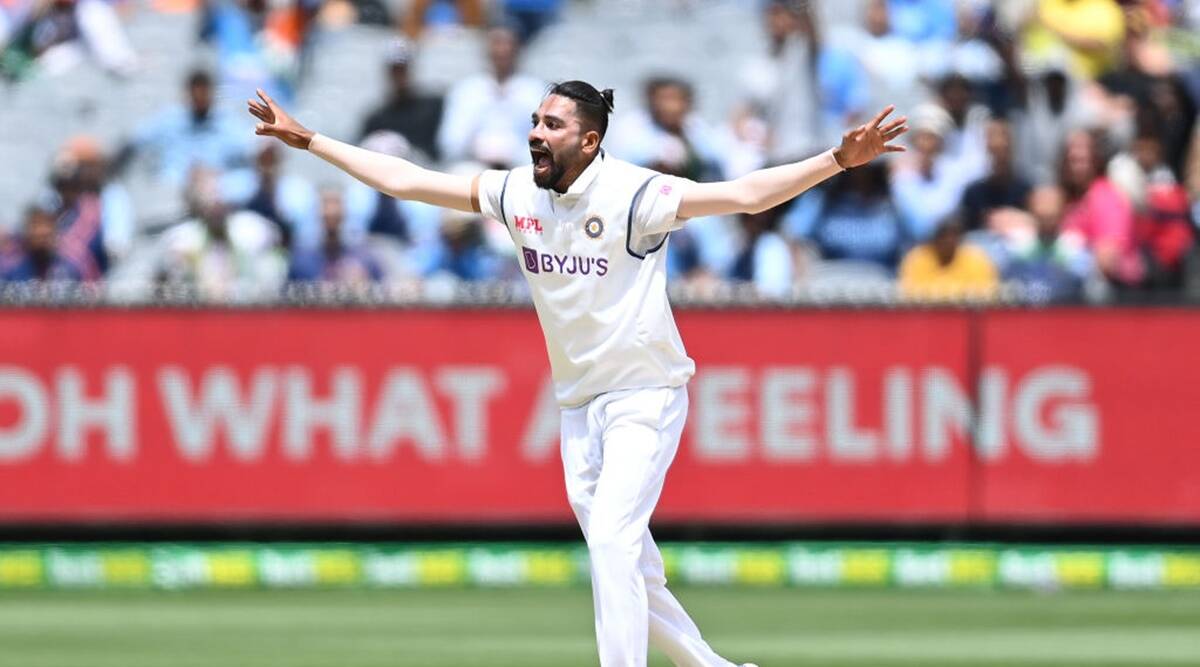Strengthening the bench was a process the management started 3 years ago, reveals Bharath Arun
Team India’s bowling coach Bharath Arun has stated that reserve bowlers of the Indian team did not become world-class overnight, and claimed that developing a strong bench was a process that the management started 3 years ago. Arun further spoke of the impact the ‘net bowlers’ created in the series.

India began the tour of Australia missing only the services of Ishant Sharma but by the end of the first Test, also lost Mohammad Shami. Mid-way into the second Test they lost another first-choice seamer, Umesh Yadav, and by the time the final Test at the Gabba commenced, they’d lost their entire first-choice attack, including Ashwin, Jadeja and Bumrah. Generally, teams, when they meet such ill fate, tend to collapse, but astonishingly the Indian reserve bowlers - led by Siraj - rose up to the occasion and stunned the Aussies in their own backyard.
The remarkable showing from India’s second and third-string seamers has taken the entire cricketing fraternity aback, but according to the team’s bowling coach Bharath Arun, India did not magically pull a rabbit out of the hat. The 58-year-old, who has played a hand in transforming India’s bowling from good to great, revealed that what happened in Australia was a result of a three-year-long process that started back in 2018.
“It is not something that has been done right now. It is something that we planned 3 years ago. We said we need excellent bench strength because if you need India to sustain success at the international level, you need a pool of bowlers who will need to be rotated time and again so that they stay fresh,” Arun said in a virtual press conference today.
“This way, at any given point you would be fielding a fresh set of bowlers who would be raring to go and who are very good at the international scene. So now we are blessed with great bench strength. It’s very very heartening to know that these guys have come to the party when given the opportunity and gone on to do an excellent job for the country. I think this tour would give them the confidence to do well for the country at any given point of time.”
It is one thing to get your second and third choice seamers to rise up to the occasion, but at the Gabba, carrying India were three net bowlers - Washington Sundar, T Natarajan and Shardul Thakur - who were not part of the original squad. Arun revealed that the reason behind the incredible success of the net bowlers was them having been in the camp long enough to mingle with the main seamers and understand their thought process.
“I thought it was a great move from Ravi Shastri to hold back all the bowlers who had come as net bowlers. After the ODI series most of them were supposed to go back, but we thought in case something happens to a player, it would be impossible to bring anyone in because of the restrictions. So we said we will manage with everyone available.
“Because they were with us for a long period of time, it was possible for them to understand what it demands to be successful in Australia and work on those very lines. So them being with us did help a great deal,” the 58-year-old said.
What was even more stupendous was that the aforementioned net bowlers did not just bowl, they also batted with elan. While both Sundar and Thakur scored first-inning fifties at the Gabba, the young Tamil Nadu spinner played a significant role in India chasing down the mammoth target of 328 on Day 5, by playing an invaluable cameo. Arun revealed that the meticulous nature of India’s planning of net sessions helped all players - including net bowlers - to hone their skills in all three facets of the game.
“Our planning of the net session has been outstanding. Vikram (Rathour) does the net planning and the execution is done by all of us. For example, Washington Sundar, though he was there as a net bowler for the Test matches, he used to bat everyday for 30 minutes. The batting coach made sure that they all had enough practice.
“They were practicing all their skills, they worked on their fielding and they worked like any other player on the tour. The challenge was to spend the extra hours in the nets, but we needed to each and everyone the attention, because I think it’s the collective energy that feeds the Indian team,” said the Indian bowling coach.

Comments
Sign up or log in to your account to leave comments and reactions
0 Comments